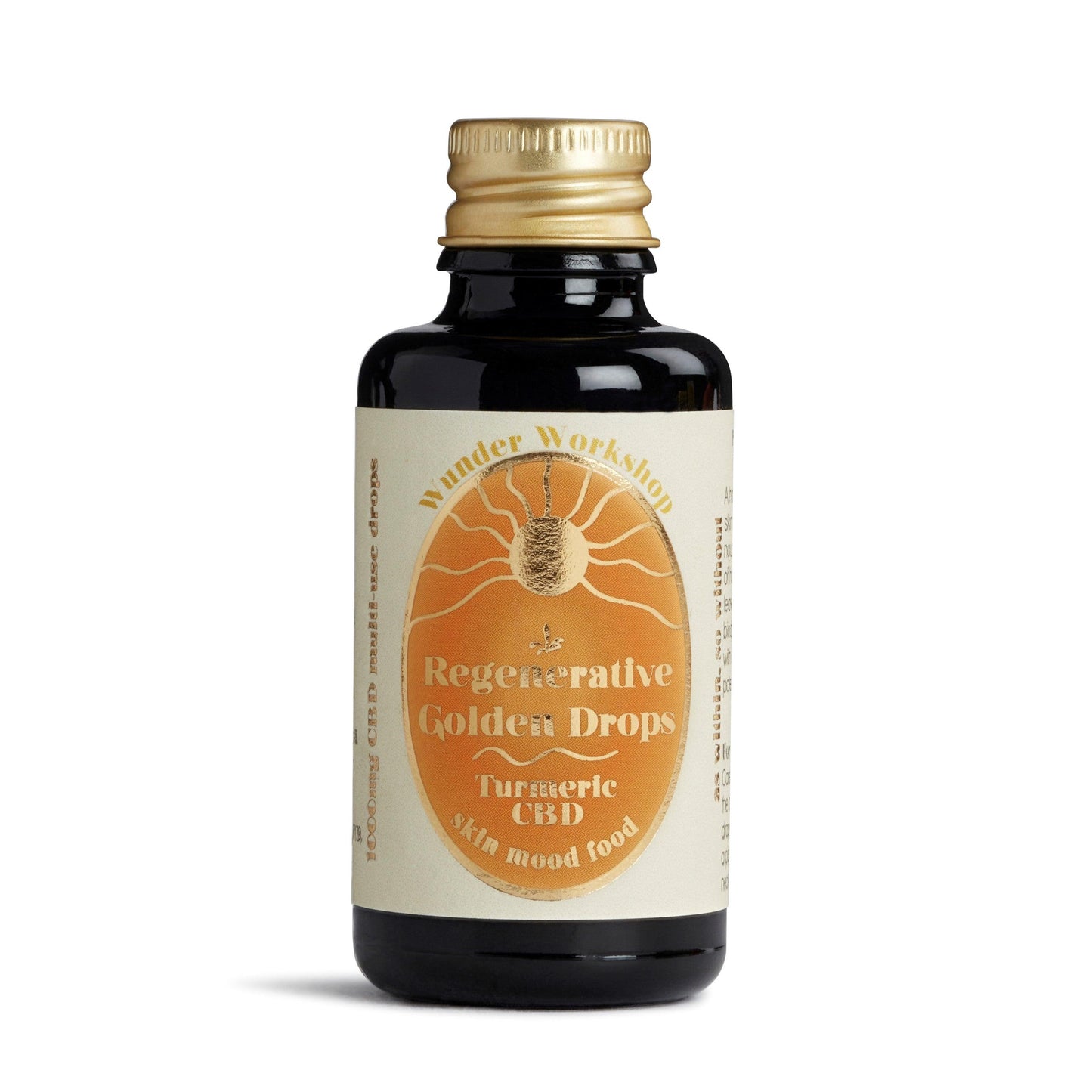 Inonotus obliquus, more commonly known as Chaga but also nicknamed ‘The mushroom of immortality’ by Siberians and ‘Diamond of the forest’ in China boasts a huge range of medicinal qualities from immune enhancer, liver protector and blood sugar regulator to the most antioxidant-rich plant in nature.
Inonotus obliquus, more commonly known as Chaga but also nicknamed ‘The mushroom of immortality’ by Siberians and ‘Diamond of the forest’ in China boasts a huge range of medicinal qualities from immune enhancer, liver protector and blood sugar regulator to the most antioxidant-rich plant in nature.
What is Chaga?
Chaga is a type of fungus that lives on ancient trees, most famously birch trees. The relationship between Birch trees and Chaga is symbiotic, meaning mutually beneficial. While the Chaga draws nutrients from the inner layers of the bark and its growth depends on the nutrients and compounds found in the birch tree, Chaga also heals the trees. A splintered or damaged bark will be filled in by Chaga, allowing the Birch to repair and recover. After ten to fifteen years of living on a birch tree, the fungus acquires the status of Chaga but it is not until it is 20 years old that it is considered fully mature and a medicinal mushroom.
Chaga has been consumed by humans for millenniums, especially in Siberia, Korea, and China, and most traditionally taken as a tea, brewed for over an hour.
Why should I use Chaga?
Chaga is one of the most nutritionally dense fungi in the medicinal mushroom kingdom- it contains triterpenes, beta-glucans, phytochemicals, polysaccharides, as well as many minerals including manganese, zinc, iron, potassium, copper, and calcium. Importantly Chaga mushrooms are especially high in a compound called super-oxide dismutase (SOD), an enzyme that reduces free radical damage in the body and is the reason that Chaga is one of nature's strongest antioxidant, far out-doing blueberries, raw cacao, and acai.
What is free radical damage?
Free radical damage is a process where oxygen in the body splits into single atoms with unpaired electrons which scavenge the body looking for other electrons to pair with and consequently causes damage to cells, proteins and DNA. The creation of free radicals come from the food we eat, the medicines we take, the air we breathe and the water we drink; fried foods, alcohol, tobacco smoke, pesticides and air pollutants. The damage caused by free radicals speeds up the ageing process and this is mirrored in low tissue levels of super-oxide dismutase (SOD) also being associated with a decline in our overall health and a reduction in life span.
Why is Chaga your daily bodyguard?
Its high levels of superoxide dismutase (SOD) make it a cellular protector and potent free radical scavenger thus preserves youthfulness, promotes overall health, and encourages longevity.
Looking back in history it is interesting to note that in Siberian areas where Chaga was used there were no reports of cancer. Furthermore, in neighbouring areas where Inuit tribes lived and where Chaga was not used the average life span was 40-50 years in contract to the people from Chaga consuming Siberian tribes who regularly lived to be 90-110 years old!
Although nearly all medicinal mushrooms contain super-oxide dismutase (SOD), Chaga has the highest concentration by far. Many pharmaceutically synthesised super-oxide dismutase pills are now available to buy; however, they can be difficult to absorb by the body. Chaga provides an unmatched potency, highly bio-available dose.
How do I take Chaga?
Chaga mushroom has a bitter, coffee-like flavour. In fact, during World War II, under strict coffee rations, Finish communities switched over to brewing Chaga as a replacement. It can be taken in the traditional way, as a tea, brewed over low heat for an hour until the water turns a dark brown. However, if like me, you burn all your pans by forgetting your brews and letting all the water burn off, there is a more user-friendly, ‘superior’ option. The Wunder Workshop ready to eat powder is wild-harvested from Birch trees in the Greater Khingan Mountains in China. It also undergoes a dual-extraction process to enhance bioavailability. 1/2tsp can be added to warm milk for a slightly bitter but smooth coffee replacement or addition!
Find our Superior Chaga here. Research & text by Lily Canetty-Clarke. Artwork by Hannah Grace.










